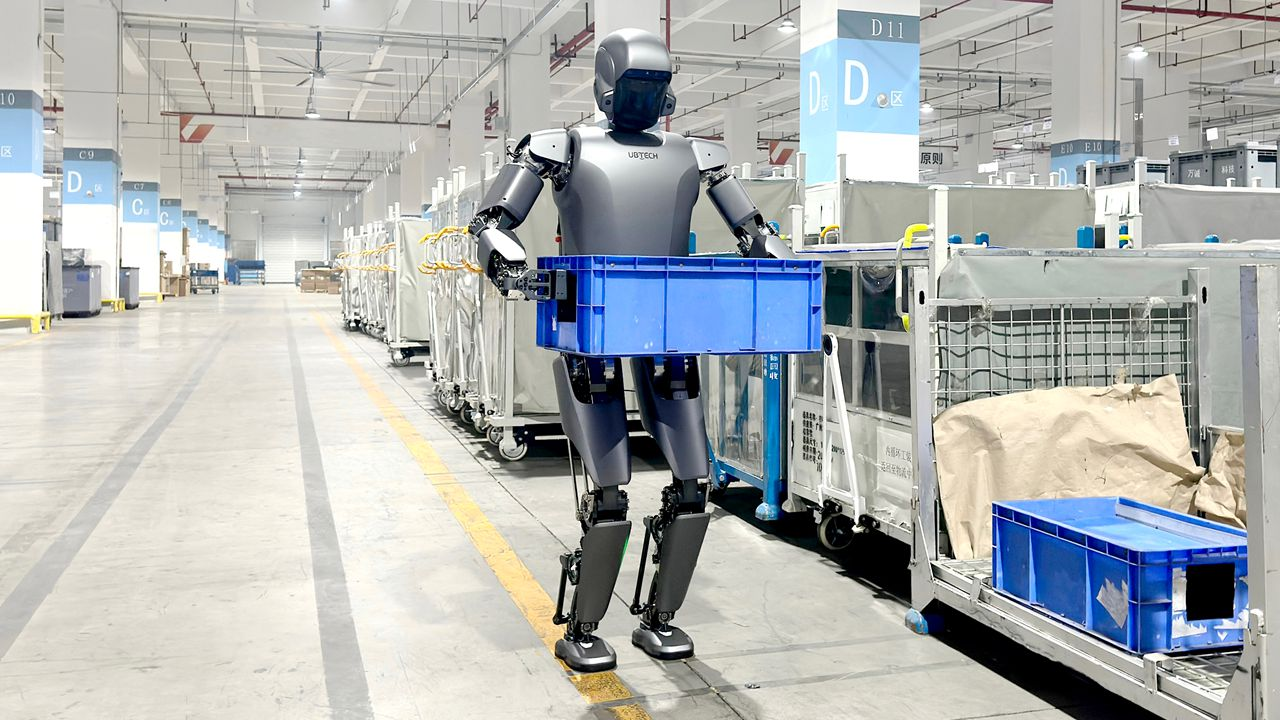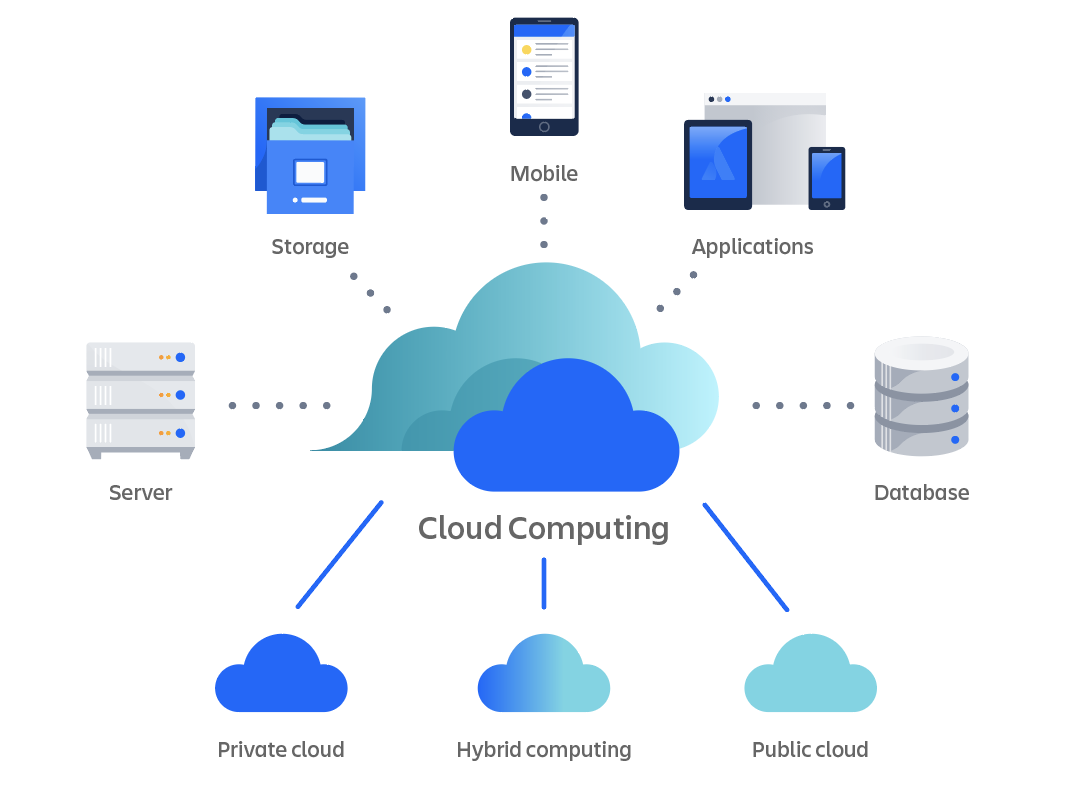
A New Co-Worker in the Office
Imagine walking into your office one morning, and instead of your usual co-worker greeting you with a tired smile, a humanoid robot stands beside your desk. It looks almost human—expressive eyes, fluid movements, and even a polite “Good morning!” in a natural voice. It can do everything a person does: send emails, answer phone calls, schedule meetings, and even crack jokes.
Would you feel excited or a little uneasy?
This isn’t a scene from a sci-fi movie. It’s the near future. Humanoid robots are becoming more advanced, and companies worldwide are investing billions into making them more lifelike, intelligent, and capable. But the big question remains:
Can humanoid robots really replace humans?
The Rise of Humanoid Robots
Humanoid robots aren’t a new idea. Scientists and engineers have been working on them for decades. But in recent years, rapid advancements in Artificial Intelligence (AI), robotics, and machine learning have pushed these robots closer to human-like abilities.
Here are some of the most famous humanoid robots today:
- Sophia (Hanson Robotics) – A robot that can hold conversations and even has a Saudi Arabian citizenship!
- Atlas (Boston Dynamics) – A powerful robot that can run, jump, and even perform backflips.
- Tesla Bot – A humanoid robot designed by Tesla to assist in daily tasks like carrying groceries and doing chores.
These robots can walk, talk, and interact with people in ways that seemed impossible a decade ago.
Where Are Humanoid Robots Being Used?
Humanoid robots are already working in several industries:
1. Healthcare
- Assisting elderly patients by reminding them to take medicine.
- Acting as nurses to check patients’ vitals.
- Performing delicate surgeries with extreme precision.
2. Customer Service
- Greeting customers in malls and hotels.
- Answering frequently asked questions at airports.
3. Factories & Warehouses
- Working alongside humans in assembling products.
- Lifting heavy objects and performing repetitive tasks without getting tired.
4. Space Exploration
- NASA is developing humanoid robots to explore Mars and other planets.
Clearly, humanoid robots are not just science fiction—they are already here. But does this mean they will replace human workers?
The Challenges of Replacing Humans
Even with all their advancements, humanoid robots still struggle in key areas where humans excel.
1. Emotions & Creativity
Robots can process data faster than humans, but they lack true emotions, empathy, and creativity. A human teacher can motivate students in ways a robot cannot. A doctor can comfort a patient in pain—something a machine cannot truly understand.
2. Complex Decision Making
Robots follow algorithms and logic, but life is full of unexpected situations. Imagine a robot working as a firefighter—it may struggle to make quick life-or-death decisions based on emotions and experience.
3. High Costs & Maintenance
Developing a humanoid robot costs millions of dollars, and maintaining one is expensive. Unlike humans, robots require constant updates, repairs, and reprogramming.
4. Ethical Concerns
- If robots take over jobs, what happens to the people who lose them?
- Should robots have rights?
- Can a robot be held responsible if it makes a mistake?
These questions don’t have easy answers, which is why full robotic replacements are still far off.
The Future: Humans & Robots Working Together
Instead of replacing humans, the future will likely involve humans and robots working side by side.
- Robots will handle repetitive, dangerous, or physically demanding tasks.
- Humans will focus on creative, emotional, and decision-making roles.
Think of it like self-driving cars: They assist drivers, but they don’t fully replace them yet. The same will be true for humanoid robots.
Final Thoughts
So, will humanoid robots replace humans? Not entirely. They will definitely change the way we work, live, and interact, but humans have something special—emotions, creativity, and adaptability—that machines cannot fully replicate.
Instead of fearing robots, we should embrace them as partners, helping us build a future where humans and machines work together to achieve things we never thought possible.
What do you think? Would you be comfortable having a humanoid robot as your colleague or even as a friend?



Leave a Reply